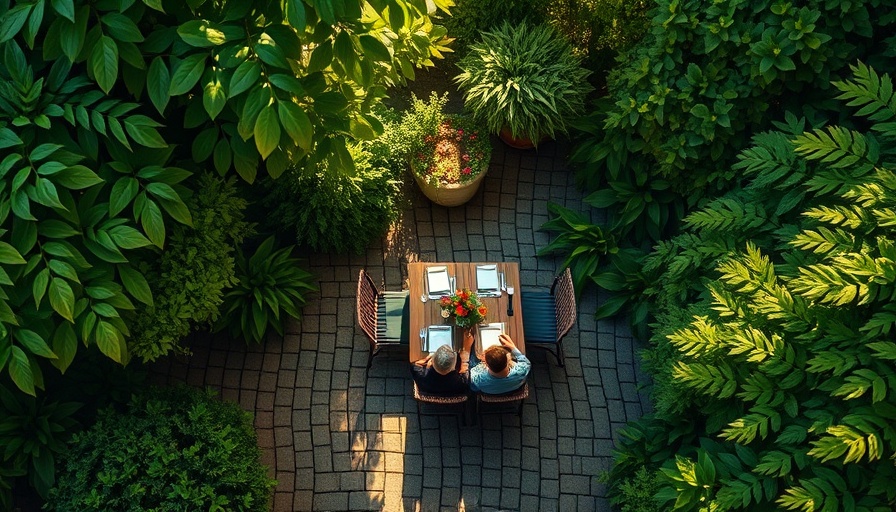
Embracing Slow Design: A Journey to Mindful Living
As the world speeds up, the concept of slow design offers a refreshing approach to enhancing our living spaces. It moves us away from the mentality of instant gratification towards a mindset that values quality over quantity. More than just an aesthetic, slow design embodies the idea of creating a space that resonates with comfort, warmth, and sustainability—an ethos that is crucial for homeowners today.
Connecting with Nature Through Design
One of the core principles of slow design emphasizes a connection to nature. With the rise in awareness about the environmental impacts of our choices, incorporating natural materials and sustainable practices into our homes not only beautifies but also uplifts our spirits. Think reclaimed wood, organic textiles, and plants that breathe life into our interiors.
Why Slow Design Matters Now More Than Ever
In a fast-paced lifestyle where trends shift like the wind, slow design champions the idea of intentional living. It invites homeowners to think critically about their purchases and to cherish the process of creating a space that reflects their values. With more people opting to cultivate personal sanctuaries in their homes, this trend resonates deeply within today’s context of remote work and self-care.
Practical Ideas for Implementing Slow Design
You don’t need to revamp your entire home to embrace slow design. Small changes can make a significant impact. Start by choosing quality furniture that showcases craftsmanship and consider handmade decor items that tell a story. Invest time in your garden, cultivating plants that appeal to your senses—watching them grow can be a therapeutic practice that slows down time.
Choosing Comfort: The Heart of Home Design
Comfort is central to the slow design philosophy. It’s about curating a peaceful environment that feels good to live in. Soft textiles, warm lighting, and a layout that encourages relaxation are key elements. Homeowners should strive to create spaces that invite family and friends to linger and enjoy their time together—a reflection of how design improves the atmosphere of our everyday lives.
Community and Sustainability: Partnering with Local Artisans
Slow design also fosters community engagement through collaboration with local artisans and craftsmen. By supporting local businesses, we not only elevate our spaces with unique pieces but also contribute to the economic well-being of our community. This practice strengthens the bonds within neighborhoods, creating a culture where people value the stories behind the objects in their homes.
Conclusion: A Call to Action for Thoughtful Living
As homeowners, embracing the slow design movement is an invitation to transform our spaces into havens of comfort and tranquility. By prioritizing sustainability, quality, and community, we can cultivate homes that reflect our values and enrich our lives. Let’s take these actionable insights and create atmospheres that foster deeper connections—not just with our spaces, but with ourselves and those we love.
 Add Row
Add Row  Add
Add 




 Add Row
Add Row  Add
Add 

Write A Comment